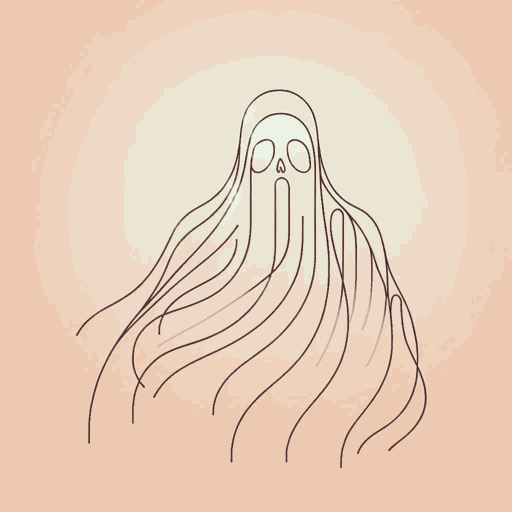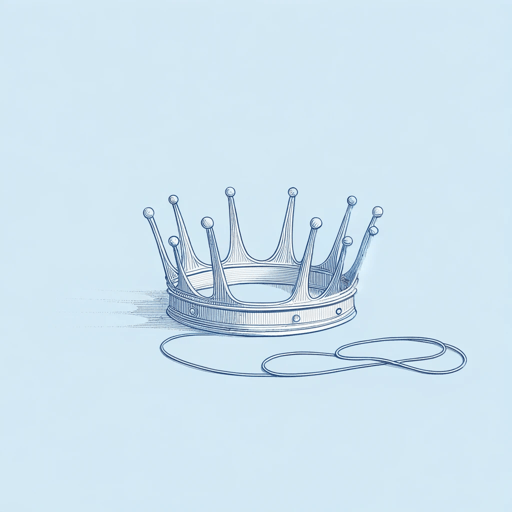27 pages • 54 minutes read
William ShakespeareVenus and Adonis
Fiction | Poem | Adult | Published in 1593A modern alternative to SparkNotes and CliffsNotes, SuperSummary offers high-quality Study Guides with detailed chapter summaries and analysis of major themes, characters, and more.
Symbols & Motifs
The Hunter and the Hunted
In Greek mythology, it was Artemis (whom the Romans identified as Diana) who was the huntress, while Aphrodite (Venus to the Romans) was the goddess of love. In Venus and Adonis, however, Venus shows herself to be a huntress, too. Her prey, though, is a human one, the young Adonis, who is himself a hunter. Hunting thus becomes a recurring motif.
Venus is a huntress from the beginning, and Adonis is her quarry. Her desire is to “smother thee [Adonis] with kisses” (Line 18). She “seizes his sweating palm” (Line 25) (in this instance, the perspiring hand is an indicator of youth rather than lust), and she is likened to a hungry eagle gorging itself on its prey:
Even as an empty eagle, sharp by fast,
Tires with her beak on feathers, flesh and bone,
Shaking her wings, devouring all in haste,
Till either gorge be stuff’d or prey be gone;
Even so she kiss’d his brow, his cheek, his chin,
And where she ends she doth anew begin (Lines 55-60).
Other allusions to hunting soon follow. After Venus pushes Adonis to the ground, he lies there catching his breath, while “She feedeth on the steam [his panting breath] as on a prey” (Line 63). Just four lines later, Adonis is presented as “a bird tangled in a net” (Line 67) while he lies unwillingly in her arms.
Related Titles
By William Shakespeare

All's Well That Ends Well
William Shakespeare

A Midsummer Night's Dream
William Shakespeare

Antony and Cleopatra
William Shakespeare

As You Like It
William Shakespeare

Coriolanus
William Shakespeare

Cymbeline
William Shakespeare

Hamlet
William Shakespeare

Henry IV, Part 1
William Shakespeare

Henry IV, Part 2
William Shakespeare

Henry V
William Shakespeare

Henry VIII
William Shakespeare

Henry VI, Part 1
William Shakespeare

Henry VI, Part 3
William Shakespeare

Julius Caesar
William Shakespeare

King John
William Shakespeare

King Lear
William Shakespeare

Love's Labour's Lost
William Shakespeare

Macbeth
William Shakespeare

Measure For Measure
William Shakespeare

Much Ado About Nothing
William Shakespeare

